Artist Zane Pahl’s recently completed mosaic patio table is a solid example of using harmonious hues in an abstract design.
I have not written enough about this type of mosaic, especially considering its popularity and its accessibility.
Zane’s mosaic is an interesting teaching example because the color scheme is about harmonious hues instead of contrasting hues, and the contrast in the composition is provided by contrast in value.
Note the great use of white in all layers of the design. The design would be dead without it. The white is what makes the design jump and move with visual interest.
Drawing Not Required
The great thing about abstract mosaic is that there are so many ways you can experiment with shape, pattern, and color without the need to draw a picture or represent an object.
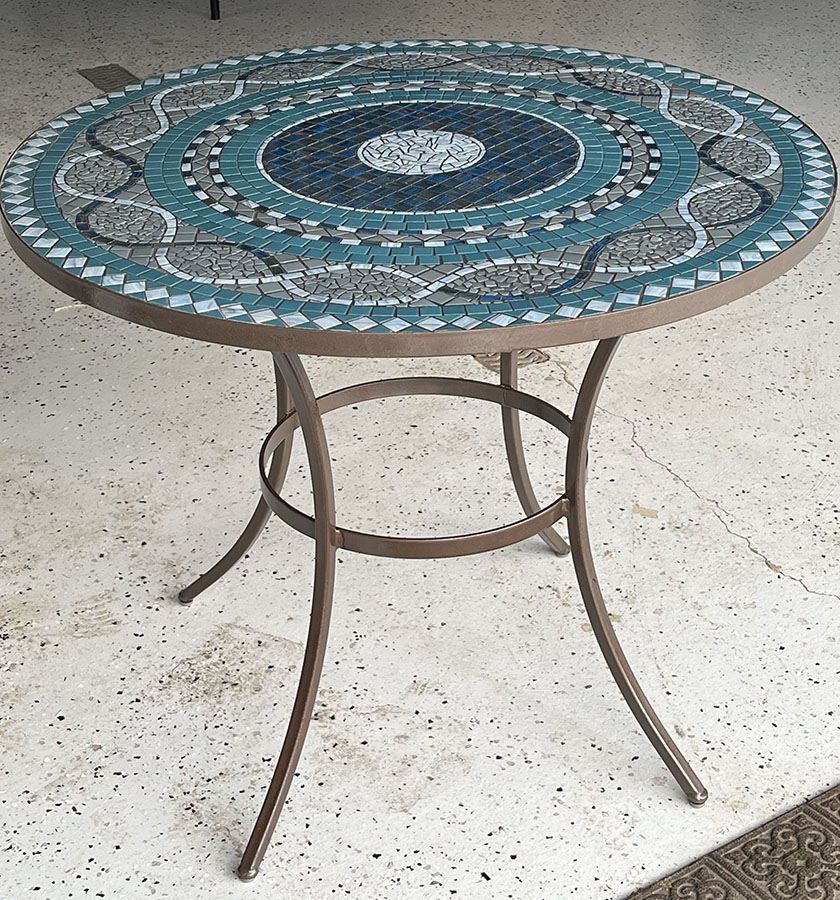
Mechanical Drawing
Even if you think you can’t draw stick people, you can make a complex pattern similar to the one in Zane’s mosaic table. Other than an ordinary pencil, all you need is a yardstick, ruler, and makeshift compass.
The “compass” used to make large circles can be as simple as a yardstick with a pivot hole and a hole drilled at the radius of the circle.
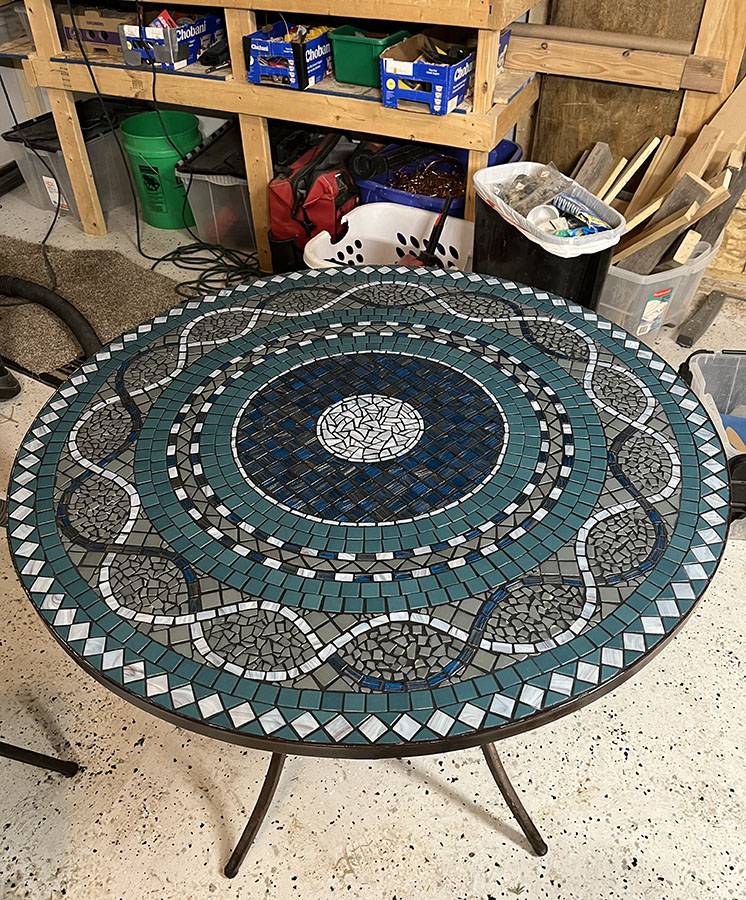
Artists Love Hardware Stores
The photo of Zane’s mosaic table in the home workshop reminded me of some home truths about my studio areas at home and at the warehouse.
Some people are surprised by the extent to which artist studios look like home workshops, with a lot of the same tools and materials, even when the studio isn’t shared space used for those other activities.
I know I was surprised when I first saw Mississippi artist Ke Fancis‘ studio back when I was in college.
But I shouldn’t have been.
The materials are often the same, and many artists buy as much of their supplies from hardware and building materials stores as they do from art supply stores.
Also, artists love hardware stores as much as any other type of tinkerer.
I guess that less than 50% of hardware store purchases are used for the item’s intended purpose because of people like us.
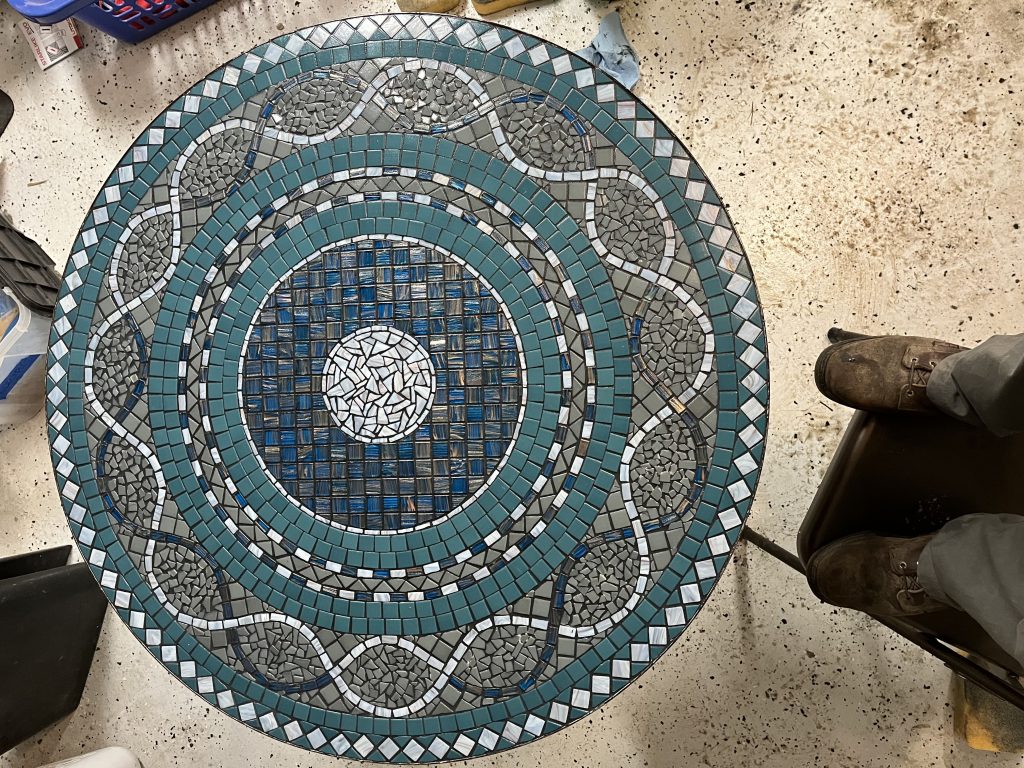
Foreshortening
To avoid foreshortening your mosaic when you photograph it, lay the mosaic on the ground and photograph it from above using a step stool.
With a mosaic table, this can be a little more difficult because the surface is higher and not on the ground.
In the image below, I corrected the foreshortening with Photoshop and cropped the photo to the table top itself over a black background:
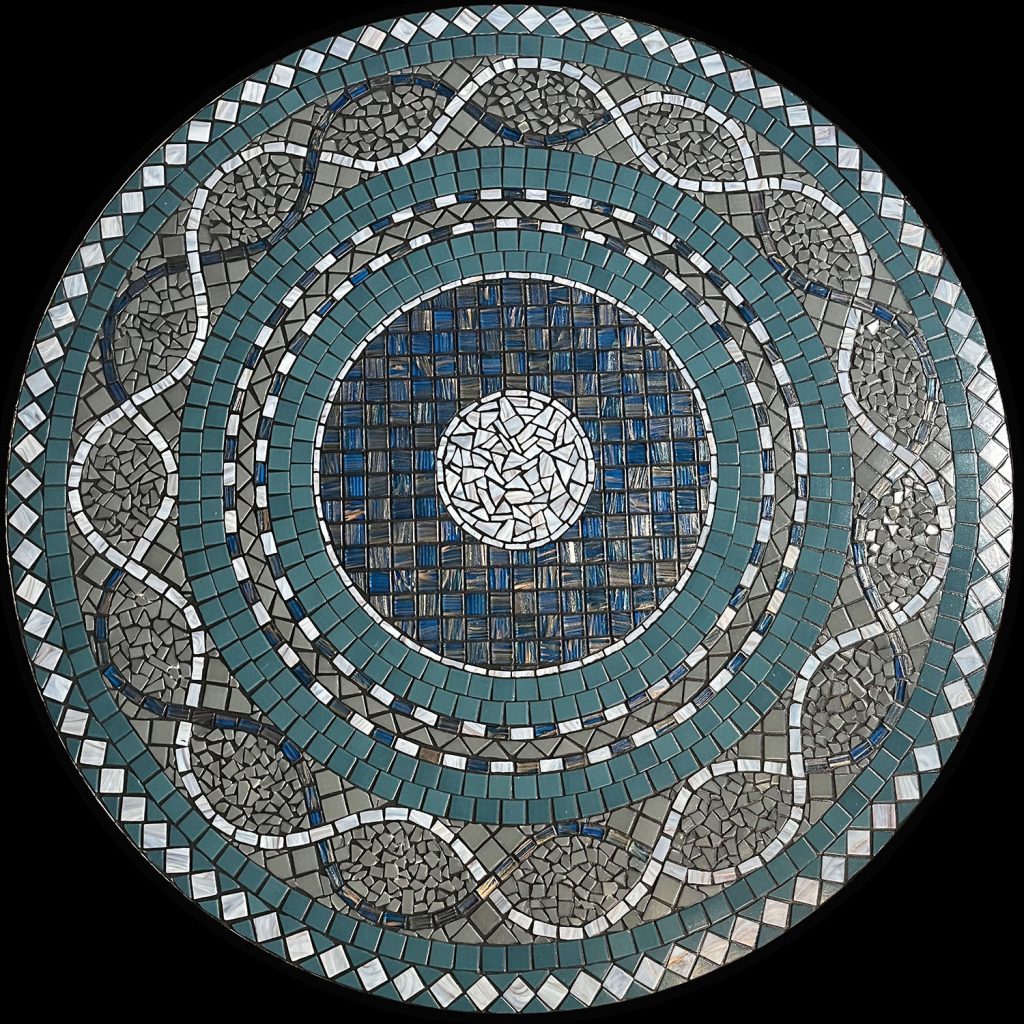

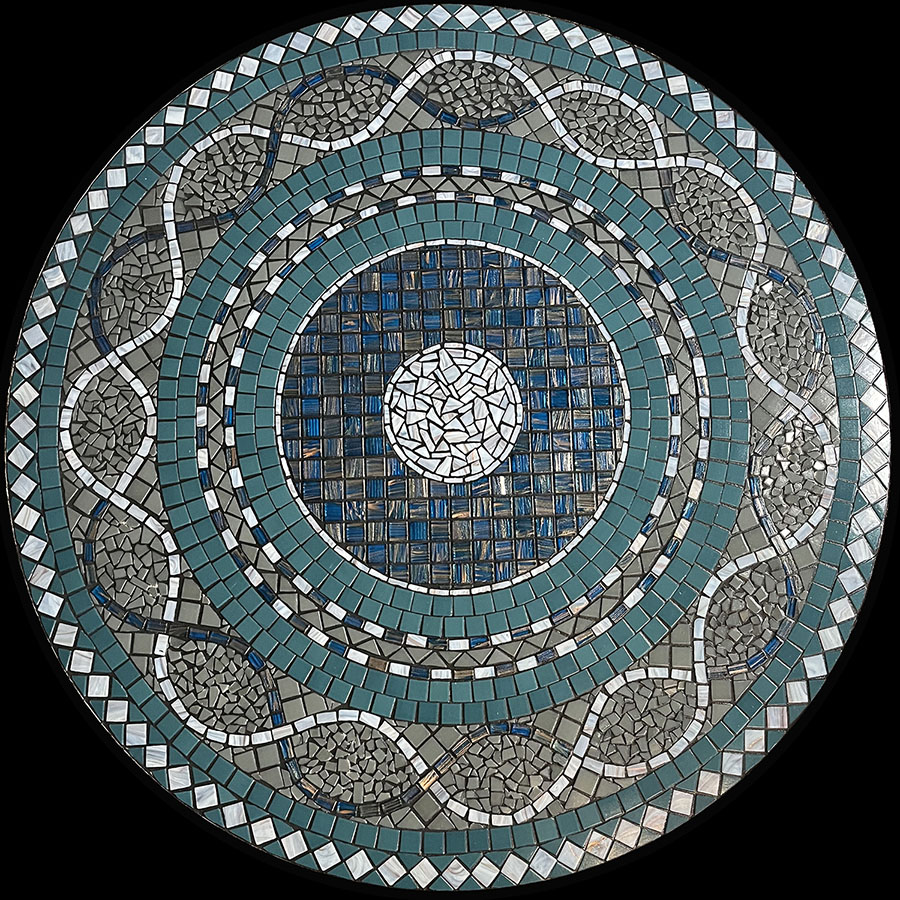
Leave a Reply